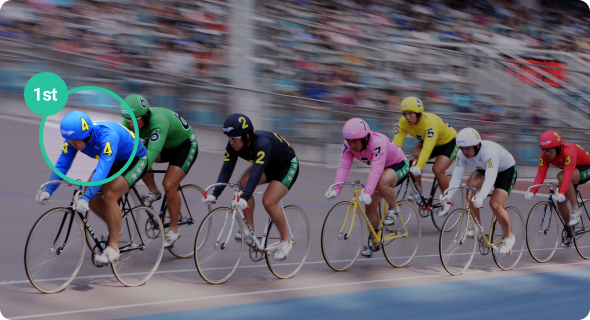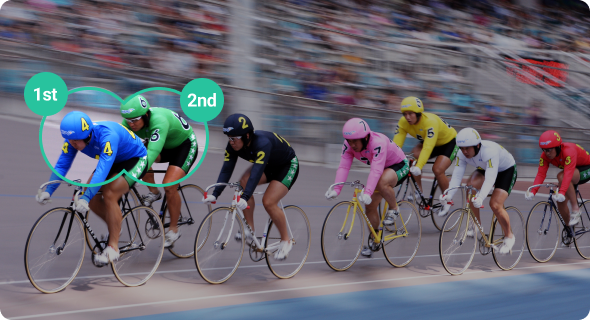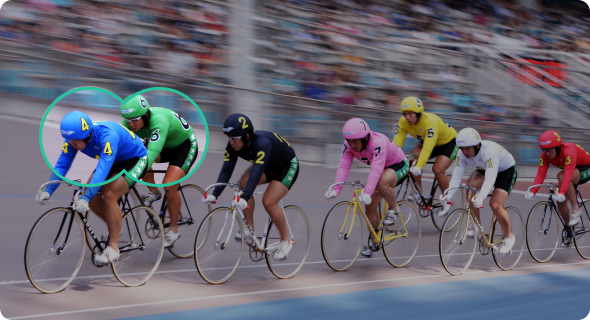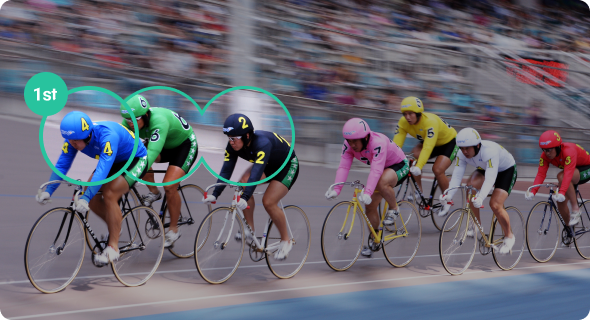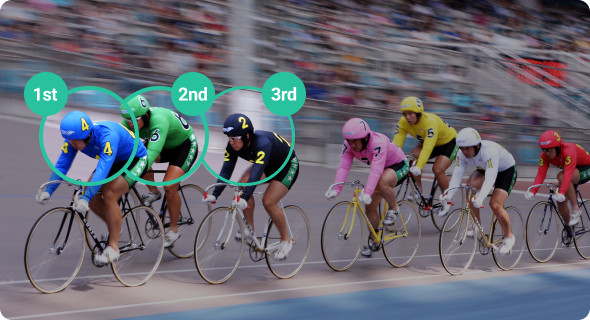

Please wait a moment!
The page is loading!


The page is loading!
Are you new to K-Cycle racing? Let’s learn about it together
K-Cycle racing is a sport that uses cycles to experience the excitement of speed. Its unpredictable outcomes make it even more exhilarating.
By learning basic information about K-Cycle racing, you can enjoy it even more.
To ensure fair competition, all riders enter the velodrome on Thursday and remain isolated from public contact until all races conclude on Sunday. Riders are subject to doping tests for banned substances both before and after participation.
During their stay, riders undergo health examinations conducted by professional medical staff to maintain peak performance. Their cycles are also inspected for compliance with regulations, proper assembly, and component condition. This comprehensive process is known as confirmation testing.
Once they pass these stringent evaluations, riders receive final approval to participate. Fans can enjoy K-cycle racing with confidence, knowing the sport adheres to strict and impartial standards.
Races are organised with riders of similar abilities within the same grade. K-Cycle racing riders are categorised into detailed levels based on their skills: Special Grade (S), which consists of four groups; Excellence Grade (A), which consists of three groups; and Entry Grade (B), which consists of three groups.
Riders’ grades are reviewed and adjusted every six months (for each half-year) based on race results. Grade changes occur with every cycle (S1 ↔ S2).
| S-Grade (Special Grade) | A-Grade (Excellence Grade) | B-Grade (Entry Grade) | |||||||
|---|---|---|---|---|---|---|---|---|---|
| SS | S1 | S2 | S3 | A1 | A2 | A3 | B1 | B2 | B3 |
| S-Grade (Special Grade) | SS |
|---|---|
| S1 | |
| S2 | |
| S3 | |
| A-Grade (Excellence Grade) | A1 |
| A2 | |
| A3 | |
| B-Grade (Entry Grade) | B1 |
| B2 | |
| B3 |
Uniforms are designed with specific colours and numbers for easy identification.
The race number and colour for participating riders are displayed on their jersey and helmet, while their grade is marked on their trousers. This system allows fans to follow the races with ease.


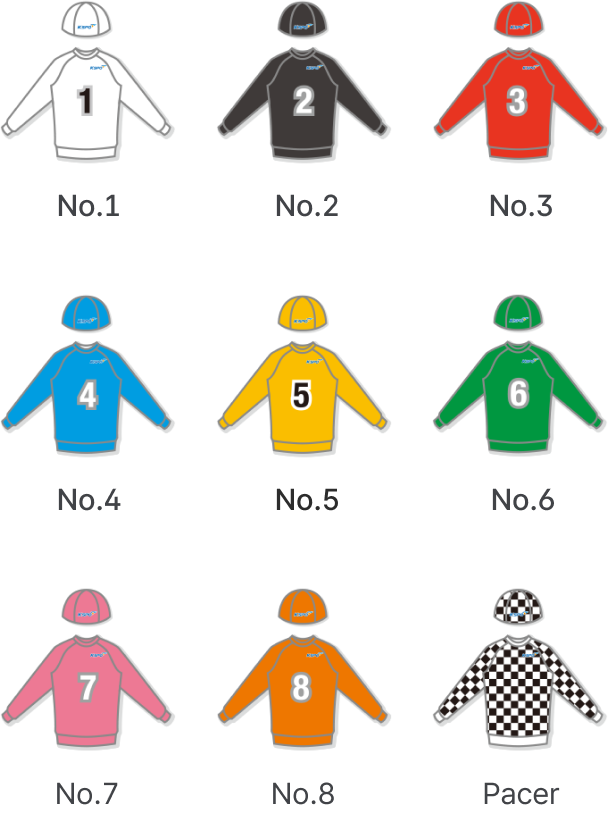


| By Grade | S-Grade (Special Grade) | A-Grade (Excellence Grade) | B-Grade (Entry Grade) | |||||||
|---|---|---|---|---|---|---|---|---|---|---|
| SS | S1 | S2 | S3 | A1 | A2 | A3 | B1 | B2 | B3 | |
| Standard Scores | 102 | 100 | 98 | 96 | 94 | 92 | 90 | 88 | 86 | 84 |
| Riders Grades | By Grade | Standard Scores |
|---|---|---|
| S-Grade (Special Grade) | SS | 102 |
| S1 | 100 | |
| S2 | 98 | |
| S3 | 96 | |
| A-Grade (Excellence Grade) | A1 | 97 |
| A2 | 92 | |
| A3 | 90 | |
| B-Grade (Entry Grade) | B1 | 88 |
| B2 | 86 | |
| B3 | 84 |
The average score is determined by calculating the mean of race points from races held in Gwangmyeong, Changwon, and Busan. The Gwangmyeong average score shown on the racecard refers to the average of the race points from the rider’s most recent three races in Gwangmyeong. Similarly, the overall average score represents the mean of the race points from the rider’s most recent three races in Gwangmyeong, Changwon, and Busan.
The winning percentage is calculated by dividing the number of first-place finishes by the total number of races entered, expressed as a percentage.








Riders select their gear ratio based on their leg strength, physical condition, and race-day factors such as weather. Once the selected ratio is registered before a race, it cannot be changed.

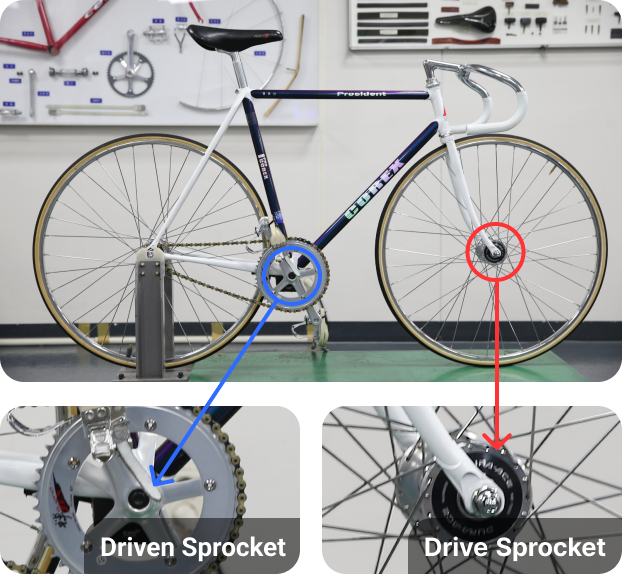
Types of bets in this game involve predicting race outcomes and placing bets accordingly. These include seven distinct types of bets, such as predicting first place, first and second places, or first, second, and third places combined.
